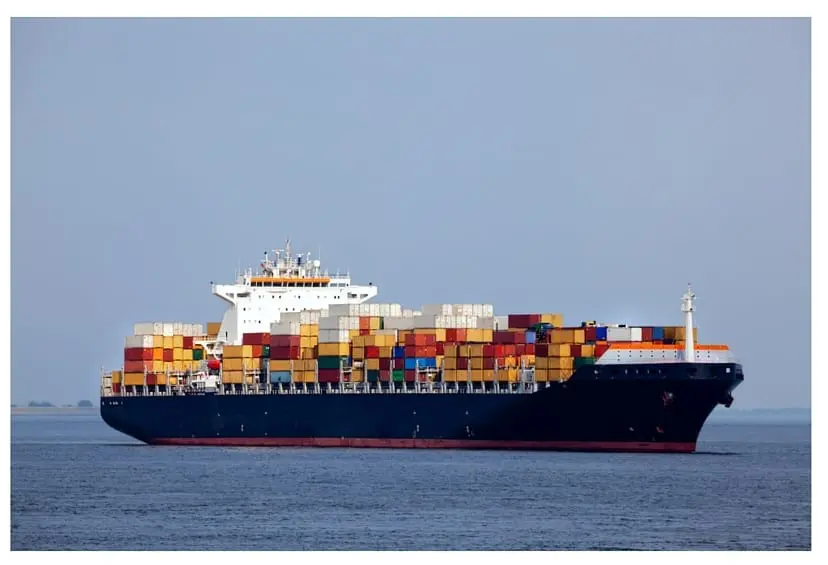A Guide To Buying Shipping Containers
 The process of buying a shipping container is as complicated as the process of buying a car. You may need to consider several factors and move back and forth quite a number of times to settle down finally with a choice. Whether you admit or not, when you choose to buy a shipping container, you do not necessarily focus on how your environment-friendly approach will be appreciated, but you do your best to make sure that your investment pays you back. Whether you are looking to use a shipping container as a cabin, store room, or a home, your objective is to buy a container that comes with a promise of strength and durability.
The process of buying a shipping container is as complicated as the process of buying a car. You may need to consider several factors and move back and forth quite a number of times to settle down finally with a choice. Whether you admit or not, when you choose to buy a shipping container, you do not necessarily focus on how your environment-friendly approach will be appreciated, but you do your best to make sure that your investment pays you back. Whether you are looking to use a shipping container as a cabin, store room, or a home, your objective is to buy a container that comes with a promise of strength and durability.
You may buy shipping containers from an Intermodal Steel Building Units & Container Homes (ISBU) facility located near your work site or you may do business with a reputed shipping container dealer who has a proven track record and a wealth of experience in the area. Alternatively, you can also purchase shipping containers from certified shipping container dealers. Whoever you choose to buy from, make sure that you are allowed to inspect the container(s) in person. Enquire about the container’s age and ask for relevant documentations that state the age of the container.
Check the un-painted storage containers, which will allow you to detect damages very easily. A container may contain rust and scrapes, but if you are able to detect scaly corrosion, then you may not want to invest in it. The presence of scaly corrosion indicates lack of care and maintenance efforts and it may even denote that the container is not made out of Corten steel. Your dealer may offer you discounts, but you may find them quite meagre compared to the amount that you may need to spend to replace or repair the corroded areas.
Check if you are able to spot dings and dents. If the degree of damage is too bad, you may end up having a storage shed or cabin that has visible signs of damage even after it gets refurbished completely. Make sure that your shipping container is square and sits flat on the ground and connects properly to other containers. There are chances that you may be hit by a buy/lease dilemma which may further complicate your decision-making process. Well, if you are looking to modify the interior and the exterior parts of your storage container, then leasing is not an option for you. If you are looking to use a shipping container for a short period and without any modifications, then leasing may work for you.
The cost of a shipping container typically depends on the country where you live, the condition and the quality of the container, and your distance from the shipping port. Normally, the price of 20′ shipping containers range from $2000 to $2800 whereas the 40′ containers are charged between $3500 and $4500. Make sure that your contractor reveals the delivery charges as well in the quote. Do not make full advance payment to your dealer unless you consider your dealer to be 100 percent reliable.

Leave a Reply